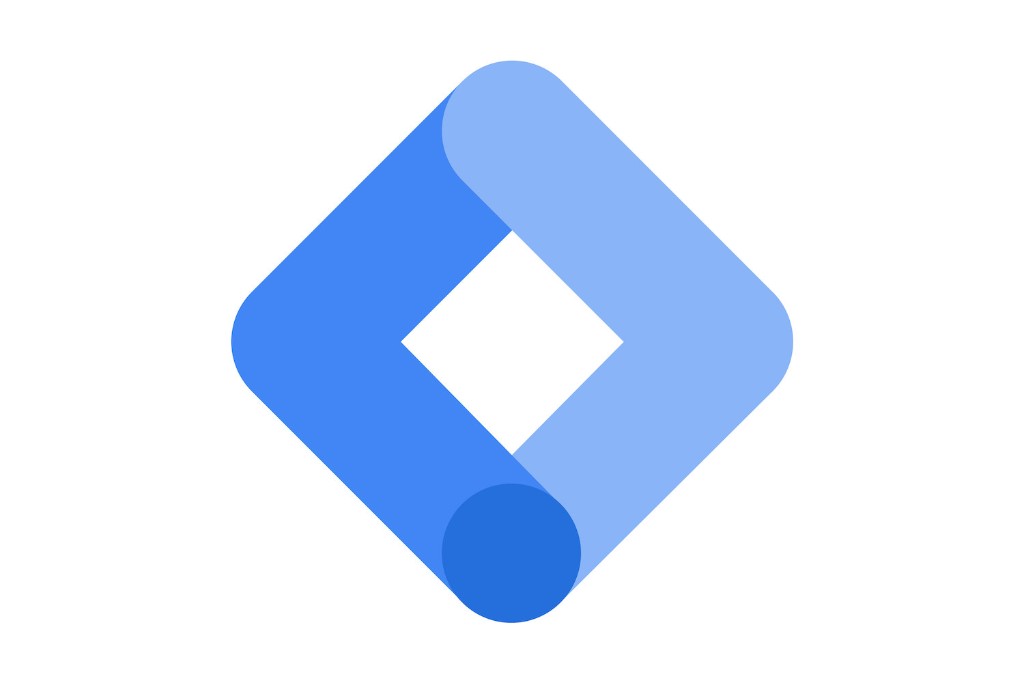Designing a conversion system using tracking data, backend triggers, and real user behavior
Introduction
Journey builders in tools like HubSpot, Klaviyo, or Salesforce make it easy to visualize marketing flows. But what happens when the business logic gets too complex, or the platform can’t fully support the nuances of your funnel?
That’s the challenge I faced with a B2C client who needed a custom journey framework—one that could react to user behavior in real-time, sync with backend systems, and trigger different actions across multiple tools.
Instead of bending a platform to fit the funnel, I built one from scratch. Here’s how.
Step 1: Defining Behavioral Triggers Across the Site
First, I mapped out key behaviors that indicated buyer intent or hesitation. These included:
- Viewing the same product multiple times
- Spending more than 2 minutes on FAQ or shipping info
- Visiting the returns policy after adding items to cart
- Engaging with product comparison tools
Using Google Tag Manager, I created a custom dataLayer to track these micro-actions and pushed them to a centralized event stream in GA4 and the backend CRM.
Step 2: Real-Time Sync Between Frontend and Backend
To make the funnel dynamic, I used backend listeners (written in PHP and Node.js depending on environment) that listened to key user events.
For example:
- A user hit a predefined threshold of “high intent” → Flag updated in CRM
- Cart abandoned + loyalty program member → Trigger email via Mailchimp
- Product bookmarked 2+ times → Push notification via mobile app system
This allowed for cross-channel orchestration—without waiting for hourly syncs or third-party limitations.
Step 3: Multi-Step Flow with Personalized Messaging
Based on these signals, we created multi-branch logic:
- Segment A: High-intent / Low-friction → Offer soft discount within 12 hours
- Segment B: Hesitant / High info-seeking → Send trust-based email sequence
- Segment C: Return visitors w/ cart abandon → Trigger scarcity message
All messages were generated from a content matrix and dynamically adjusted based on CRM flags.
Instead of sending everyone the same 5-step journey, each user followed their own based on live behavior and context.
Step 4: Continuous Feedback Loop with Reporting Layer
We implemented custom GA4 dashboards and funnel breakdowns to monitor each step. We didn’t just track “email sent” or “clicked”—we tracked the sequence path, drop-off reasons, and even overlay behavior (e.g., did they read the offer? did they scroll to the CTA?).
This gave us weekly feedback to refine logic and shorten or lengthen flows based on actual performance.
One key insight: shortening the flow for first-time mobile users led to 18% higher conversions, simply because their patience curve was shorter.
Step 5: Scalable Structure for Future Journeys
Instead of building one-off campaigns, I designed the entire logic as a modular framework:
- Reusable trigger points
- Central logic layer
- Channel connectors (email, push, CRM, SMS)
Now, the client can clone and adjust flows without rebuilding logic every time. It’s scalable, testable, and more flexible than any visual journey builder.
Final Thoughts
Off-the-shelf journey builders are great for many use cases. But sometimes your funnel is too unique—or your tech stack too customized—to rely on drag-and-drop tools.
That’s when you need a system that reflects your real business logic, built around behavior, infrastructure, and speed.
If you’re looking to move beyond platform limitations and build a conversion framework tailored to your customers, I’d love to chat. It doesn’t have to be complex—it just has to be aligned.



